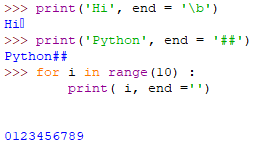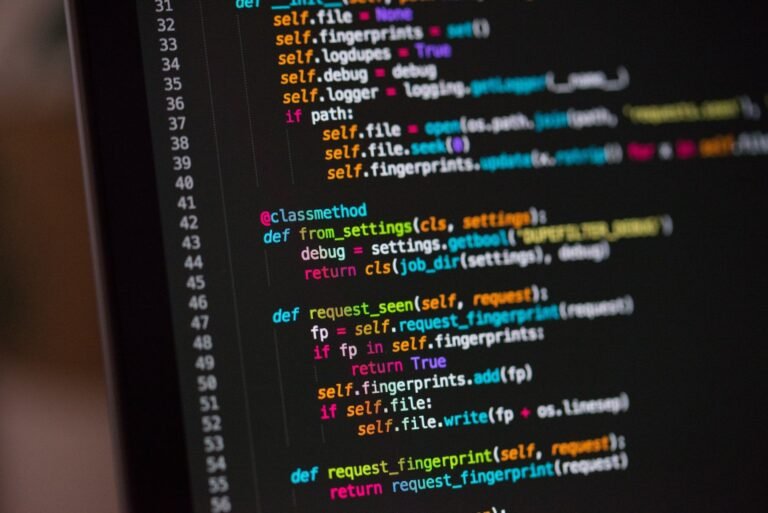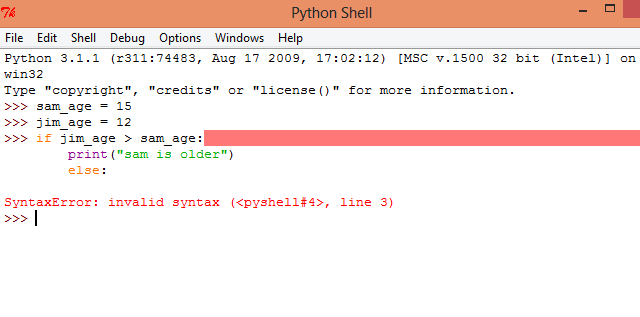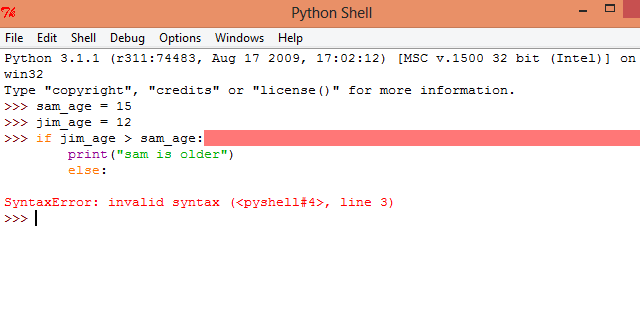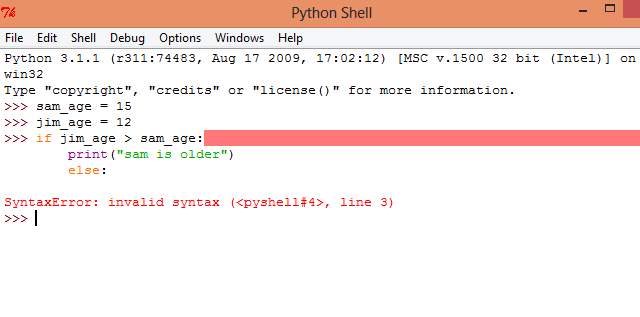What is the Use of End=’ ‘ in Python?
In Python, the end=' ' parameter is used in the print() function to specify how the output should end after each print statement. By default, the end parameter is set to a newline character (\n), which means that each print statement ends with a new line. However, by changing the value of the end parameter, you can customize the way the output appears on the screen.
One common use of end=' ' is to print multiple values on the same line. By setting the end parameter to an empty string, the print statements are concatenated together, resulting in the output being displayed horizontally rather than vertically.
For example, consider the following code snippet:
print("Hello", end=' ')
print("World!")
The output of this code will be:
Hello World!
As you can see, the two print statements are combined and displayed on the same line, with a space in between.
Another use of the end=' ' parameter is to control the line endings. By default, each print statement is followed by a new line character, which means that the output is displayed one line at a time. However, by changing the value of the end parameter, you can control how the lines are terminated.
For instance, if you set the end parameter to a tab character (\t), the output will be displayed with a tab between each print statement:
print("Hello", end='\t')
print("World!")
The output of this code will be:
Hello World!
As you can see, the two print statements are separated by a tab character, aligning the output in a tabular format.
The use of end=' ' can also be helpful when working with large amounts of data that need to be printed. By setting the end parameter to a custom string, such as a comma (,), you can create comma-separated values (CSV) output.
print("Name", "Age", "City", sep=',', end=' ')
print("John", 25, "New York")
print("Alice", 32, "London")
The output of this code will be:
Name,Age,City John,25,New York
Alice,32,London
By setting end=' ' after the first print statement, the output is displayed with a space at the end of each line, resulting in the data being printed in a row-based format.
In conclusion, the end=' ' parameter in Python’s print() function allows you to control how the output is displayed. Whether you want to print multiple values on the same line, customize line endings, or create CSV output, the flexible nature of end=' ' provides you with the ability to tailor the appearance of your printed output to meet your specific needs.
Frequently Asked Questions On What Is The Use Of End=’ ‘ In Python?
What Is The Use Of `end=` In Python?
`end=` is an optional parameter in Python’s `print()` function that specifies what character(s) should be used to separate multiple outputs. By default, it uses a newline character (`\n`).
How Does The `end=` Parameter Work In Python?
When the `end=` parameter is specified in a `print()` statement, the specified character(s) are placed at the end of the printed output instead of the default newline character. It allows the programmer to control the separation of outputs.
Can I Use A Custom Character With `end=` In Python?
Yes, you can use any character(s) as a custom separator with the `end=` parameter. For example, by using `end=’—‘`, you can separate printed values with triple dashes.
What Are The Benefits Of Using `end=` In Python?
Using the `end=` parameter gives you greater control over how the output is displayed. It allows you to customize the separation between printed values, making the output more readable and formatted according to your requirements.

